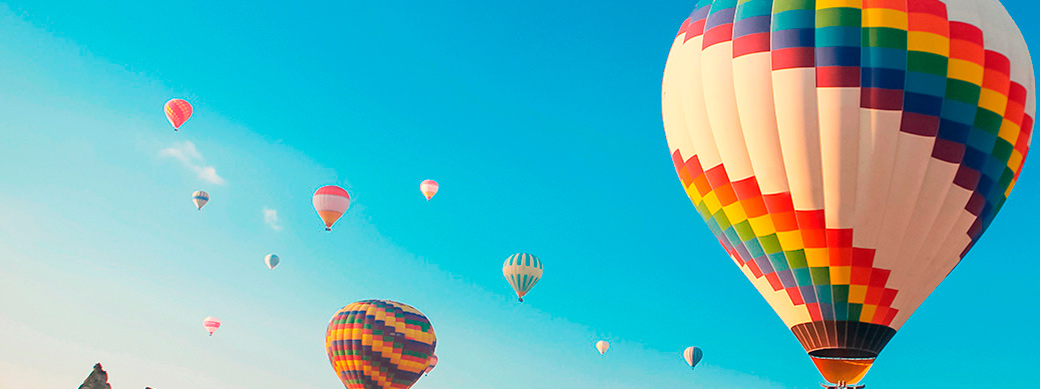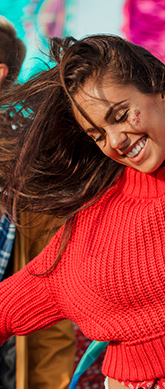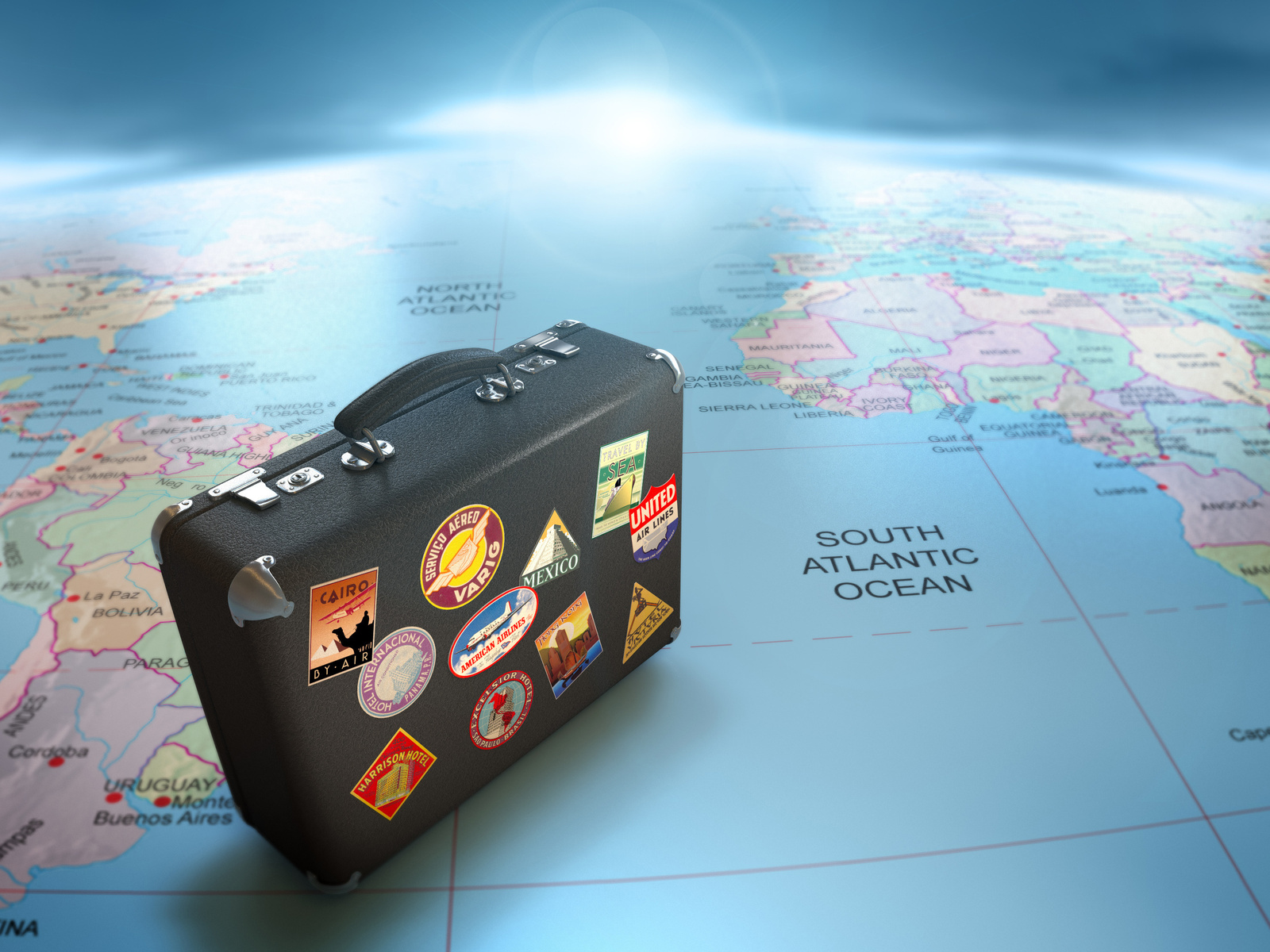Summer pasture is the name of the village Argir in Ancient Irish. This place reminds of beautiful pasture with a flock of cute Faeroes sheep. Even though the number of these very sheep on the islands is much higher than the number of residents, the basis of export is not wool or lamb at all. 99% of the export of the Faroe Islands is caught here fish and fishery products.
Fishing is a real passion of any Faroe Islander, and setting off to the sea on a small fishing boat accompanied by locals is probably the most unforgettable kind of rest on the Northern Islands. If you’ve never been fond of fishing, you can start exploring the undersea world in a different way. Try diving or snorkeling, and the most extreme travelers will surely appreciate night diving. Of course, the flora and fauna in the aquatic area of the Faroe Islands are not as bright and diverse as at popular south resorts, it isn’t less exciting though. The picturesque onshore cliffs consisting of many layers of multicolored rocks, from green to maroon, are of particular interest.
Prowling the vasts of seas and oceans is an adventure for the brave. Those who prefer to stay on land, are welcome to visit the Føroya Sjósavn Aquarium. It was founded in 2006 and it is a rather spacious building. A few huge aquariums perfectly demonstrate curious inhabitants of the undersea world of the Faroe Islands. At the same time, the workers of the natural museum generously share tales about life in the waters of the Norwegian Sea and Atlantic oceans. All its representatives: salmon, halibut, alewife, and codfish, and many other kinds of fish from mackerel to moray can be seen in all its glory. Sea urchins, stars, and crabs hiding amusingly in someone else’s shells draw special attention to themselves.
Not only curious tourists but also students of local schools and kindergartens visit the aquarium every year. There is a special entertainment for them, catching crabs right from the aquarium.



